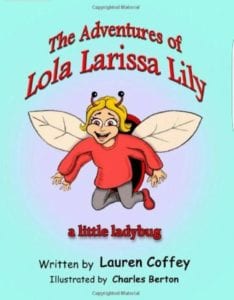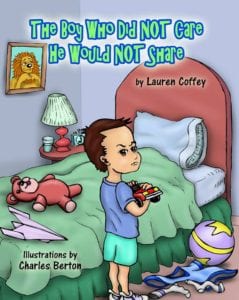Reviewed by Melissa Arnold
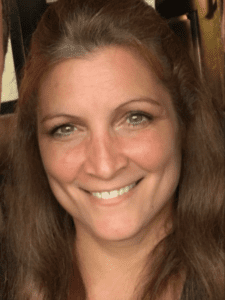
Fishing has been a beloved part of Lisa French’s life for many years. The South Setauket mother of three has turned that passion into a fun book for kids with “A Fishing I Will Go!” Follow the children in the book on a fishing adventure as they catch fish commonly found in Long Island’s waters including a fluke, sea robin, crab, squid, eel, blackfish, bass and a tuna. The interactive story, told entirely in rhyme, features a jellyfish, starfish, piece of driftwood and a message in a bottle in every hand-drawn picture.
French, 53, hopes to teach kids about fish and fishing while also raising money for a cause close to her heart. A portion of the profits from the book will go to the Multiple Sclerosis Foundation to support multiple sclerosis awareness and research. French lives with the disease, and her mother, to whom the book is dedicated, died from MS-related complications in February of this year.
Were you creative growing up?
I’ve always been the creative person in my family that people would come to for wedding toasts, eulogies and poems. I have a whole book of poems that I’ve written and I love to draw, especially in pencil.
What inspired you to want to write a book?
I spent 26 years running a day care, and I have three children of my own. There was a time when my children and the children I watched wanted a new game to play, and I created one for them. I had a patent pending for it, but the process became too costly. After that, I decided to try writing a book.
The kids love books, and they like catchy phrases. I had a couple different ideas started, but the kids I watched knew that I would go fishing, and they were always excited to hear stories about it. Every Monday when we got back from the weekend they’d ask me, “What’d you catch, what’d you catch?” At first, I just wrote the story and printed out pictures from the Internet to go with it. The kids still loved it, and that inspired me to go forward with it.
How did your family respond?
They definitely took it seriously. In fact, they even helped me to get the money together that I needed.
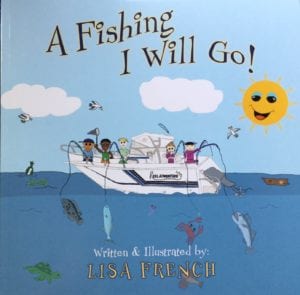 Tell me a bit about the story.
Tell me a bit about the story.
This is a simple story — my own story — of going out and trying to catch a fish to keep for dinner. It’s about learning what you can keep, what you can’t, and making the perfect catch at the end of the day.
Why did you want to write a fishing book specifically?
Each page of the book has a significant, personal meaning for me. A friend of mine has a boat called The Reel Adventure that we go fishing on. All the fish mentioned in the book I caught on his boat. There’s a page with a lighthouse that’s actually Breezy Point — my nana had a house that overlooked the scenery I drew in that picture. I also used to fish off the pier. I even went in a rowboat with my father and caught an eel with him once. The page with the sea bass that swallowed all the bait but wasn’t (heavy enough) is something that actually happens while fishing.
Did you self-publish or work with a publisher?
I looked at several different publishing companies online and read reviews, and I decided to go with one that’s only been in business for about four years, called Palmetto Publishing Group. They’re based in South Carolina and were a very nice group of people to work with. By working with them, I now have the freedom to get into bookstores and create a hardcover version of the book, which I’m planning on.
What about the illustrations?
I had trouble finding an illustrator to work with, so I did all of the drawings for the book myself using pencil. I did the drawings on paper first, and then I found Adobe Draw, which allows me to copy my drawings onto (the computer) and color them in.
What is the target age for this book?
The kids that I’ve done readings for have been between the ages of 2 and 4. They really enjoy acting out parts of the book with me — we cast our lines together, reel in the fish and throw them back. I also have a fishing game that allows them to catch fish using rods with magnets on them.
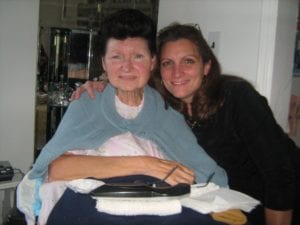
Why did you choose to have some proceeds from this book benefit the Multiple Sclerosis Foundation?
My mom always stood by me and always told me how good I was (at writing). She really pushed me, and it’s for that reason that I dedicated the book to her. She passed away in February from chronic progressive multiple sclerosis (MS), which she got in her late 20s. It wasn’t until her mid-30s that she was diagnosed. She started using a cane, then a walker, then a wheelchair. She ended up paralyzed from the waist down, and in her mid-50s also lost the use of her left side. Doctors told me she wouldn’t live past 60, but she passed away at 74 — she was a miracle case.
I also have MS, but it’s the relapsing-remitting form. They say it’s not hereditary, but I’ve heard of so many people who have MS whose mothers had it, too. I believe there’s more research to be done.
“A Fishing I Will Go!” is available online at www.amazon.com. Find out more about the book on Facebook at www.facebook.com/afishingiwillgo. To make a donation to the MS Foundation, visit www.msfocus.org.
All photos courtesy of Lisa French.

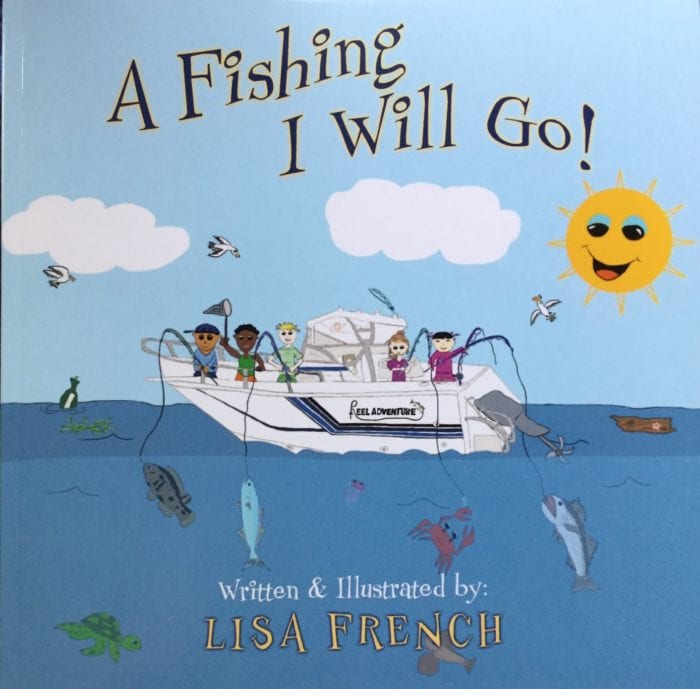
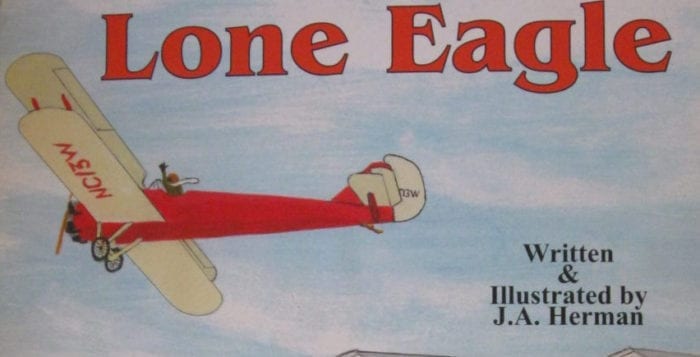
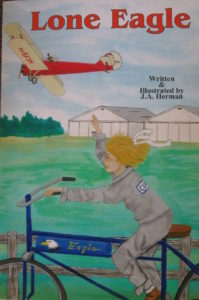

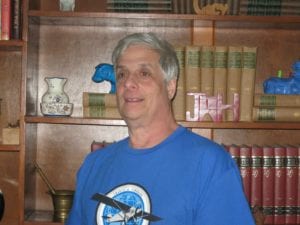
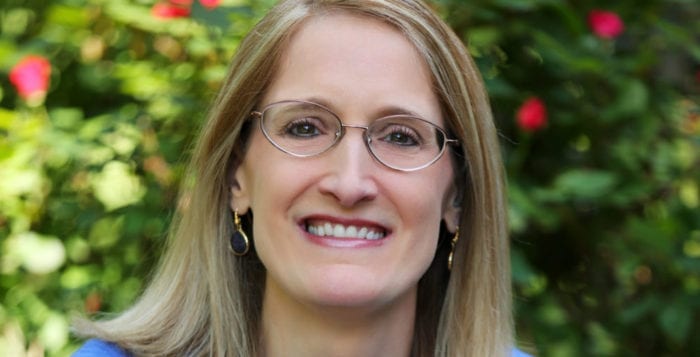
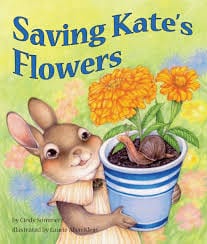 Each year, 15 books are honored from U.S. and international regions from more than 1,000 nominated books. Members of SCBWI vote to honor the outstanding work of their peers in the genre of children’s books. SCBWI is the only professional organization specifically for those individuals writing and illustrating for children and young adults in the fields of children’s literature, magazines, film, television and multimedia.
Each year, 15 books are honored from U.S. and international regions from more than 1,000 nominated books. Members of SCBWI vote to honor the outstanding work of their peers in the genre of children’s books. SCBWI is the only professional organization specifically for those individuals writing and illustrating for children and young adults in the fields of children’s literature, magazines, film, television and multimedia.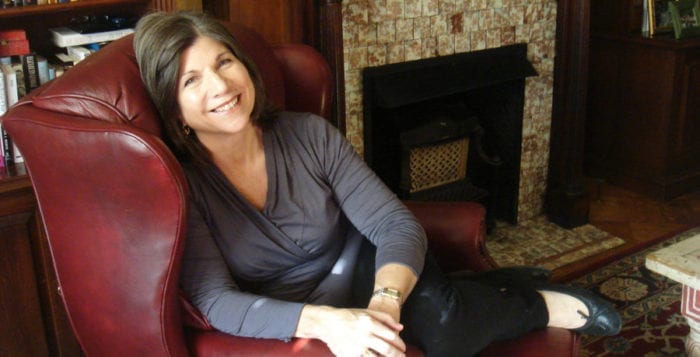
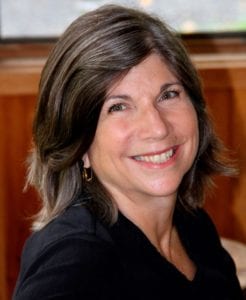


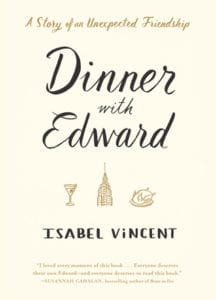 Vincent is an award-winning investigative reporter for The New York Post and the author of four books, including “Gilded Lily: Lily Safra, The Making of One of the World’s Wealthiest Widows.” The book is the unauthorized biography of the international philanthropist, whose fourth husband, the banker Edmond Safra, died in a mysterious fire in Monaco. Vincent spent several years researching her subject in Brazil, where the book has been banned by a local court.
Vincent is an award-winning investigative reporter for The New York Post and the author of four books, including “Gilded Lily: Lily Safra, The Making of One of the World’s Wealthiest Widows.” The book is the unauthorized biography of the international philanthropist, whose fourth husband, the banker Edmond Safra, died in a mysterious fire in Monaco. Vincent spent several years researching her subject in Brazil, where the book has been banned by a local court.
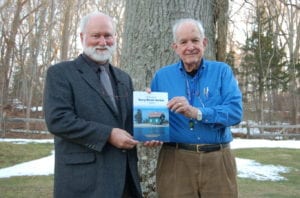
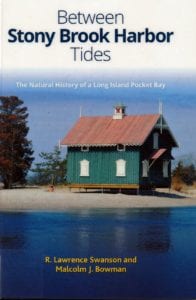 Chapter 3, “The Living Harbor,” begins “The splendor of the harbor is largely identified with its living marine plants and animals.” It goes on to describe the huge variety of plants and animals that inhabit the area. In many cases the same is true for all the pocket bays in our area including Mount Sinai and Setauket.
Chapter 3, “The Living Harbor,” begins “The splendor of the harbor is largely identified with its living marine plants and animals.” It goes on to describe the huge variety of plants and animals that inhabit the area. In many cases the same is true for all the pocket bays in our area including Mount Sinai and Setauket.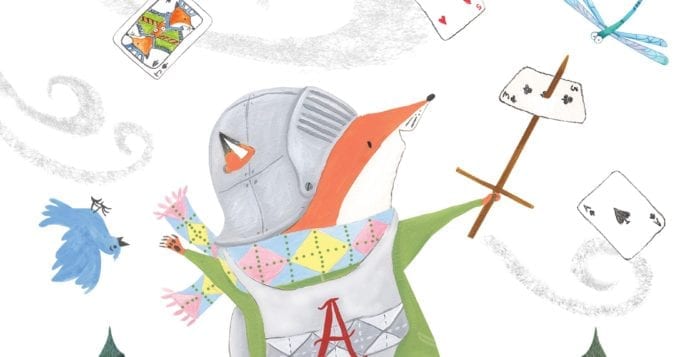
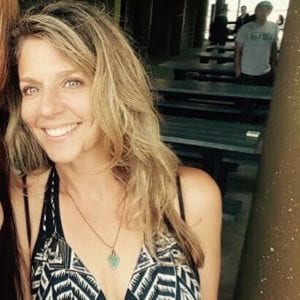
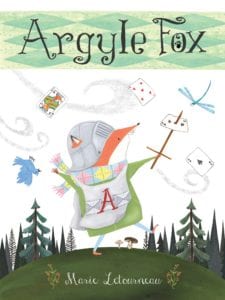
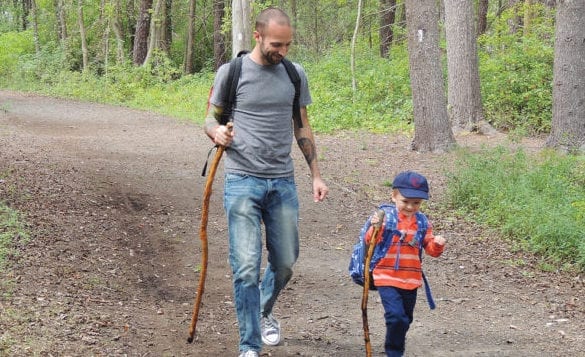
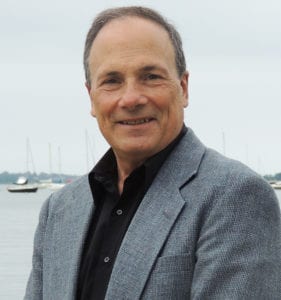

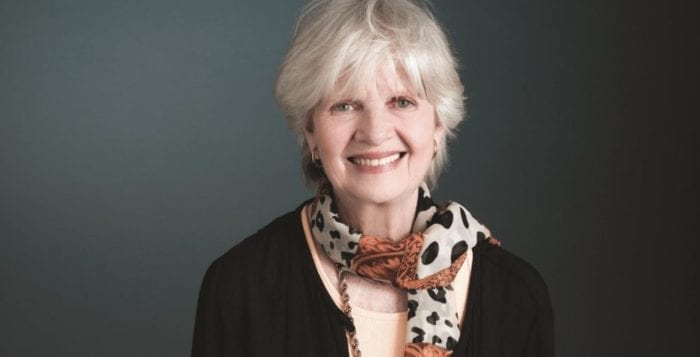
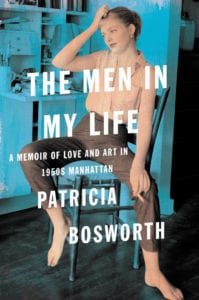

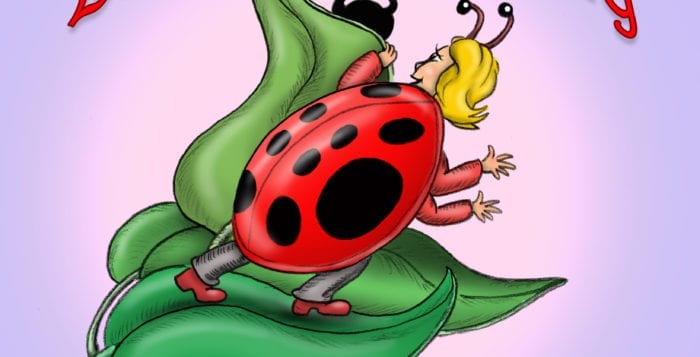
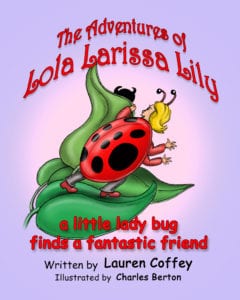 How would you summarize the book?
How would you summarize the book? 